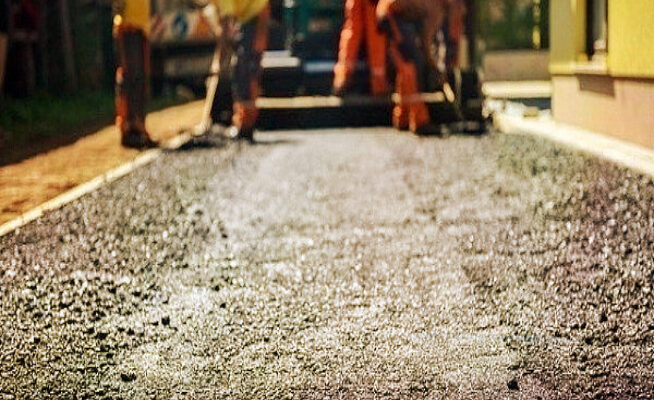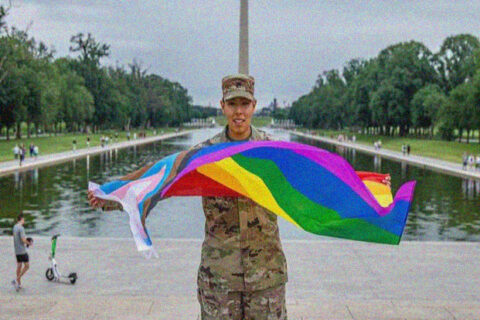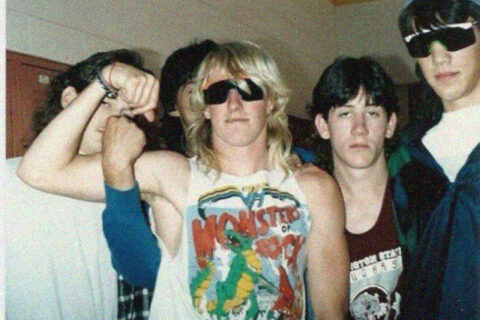A recent afternoon found me perusing The Rural Negro on my deck. It was written in 1930 by Carter Goodwin Woodson, considered the seminal black historian. Out on the street, a paving crew of the aforementioned demographic toiled in the unrelenting summer sun.
“Whew, this heat!” I exclaimed. I popped the top on another local craft brew and continued reading. Purely from this book, one could develop the impression that he was a White man sympathetic towards the blacks but frank about their shortcomings. My city is mentioned in the book as an example of a black enclave prospering by proximity to White industry and commerce:
In most cases they are natural suburbs settled by Negros who transact practically all their business in the cities…. the failures or successes of these places should not be attributed to these Negros living as such groups but rather to the aggregate of citizens living in these overshadowing cities and their vicinities
He laments the rigorous segregation in areas such as leisure and then explains precisely why our forebears would insist on such policies. I bet you’re really shocked this is what happened when blacks recreated:
In case of a rather free use of intoxicants disastrous results may result from these recreational activities. In one place a girl seized another and dispossessed her of her transformed hair because she stepped on the enraged one’s white shoes. Elsewhere a boy cut another with a razor when he said disparagingly in the presence of some pretty girls that the slasher was not so good a man as he was. An unfortunate suitor struck his rival dead with a stone as soon as he appeared at a party with the girls who had rejected him. A husband shot another man dead on the spot for the reason that he danced too long with his wife, and she seemed to enjoy the diversion….in numerous cases whole parties broke up in uproarous rioting of cursing, slashing, and killing resulting in the deaths of several persons and the discomfiture of those held responsible [I didn’t do nothing] for these infractions of the law.
If you forcibly integrate the schools, end the ability to insulate yourself from this sort of behavior unless you can afford a country club, and promptly new suburbs open up just down the interstate, a place like mine can get a whole lot blacker pretty quick. This was the situation I was born into, so it feels pretty surreal to experience gentrification. Here’s another interesting passage on the how the black areas of these municipalities were situated:
They stand at the crossroads or near a railroad or navigable stream, at some point which did not formerly prove sufficiently attractive to white men in time for them to preempt it. As a rule, most of such vantage points are in control of the whites. They have taken their stand at the head of navigation and at the railroad center to avail themselves of every opportunity which nature or circumstance may offer. If in the miscalculation of things or as a result of lack of foresight some such place is missed, and Negroes come into possession of it, there is usually a way to dislodge them.
This is pretty spot on. My part of town is waterfront and has always been White back to its agricultural origins. The other White parts of town were situated like Mr. Woodson describes to take advantage of the train tracks. Unfortunately for them, waterfront homes remained desirable while railway neighborhoods did not. The area that has always been black was close enough to benefit from economic activity but also a hinterland not wanted by the White man after the War of Northern Aggression.
What ended up happening was that such White areas went black as those residents fled to the nice new suburbs following integration. This was sped up by the fact that they probably couldn’t afford private school, which wasn’t the case for the waterfront folks. One area went black, then got completely bulldozed and went White again. Other areas went black and stayed that way until recently.
As a kid, driving through them felt a bit post-apocalyptic because the dilapidated architecture spoke to better days but not the denizens. The traditional black area didn’t need to be traversed by Whites for the reasons described above whereas the White areas that went black were unavoidable due to their locations, resulting in a checkerboard type demographic situation that foreigners would find bizarre. People used to lament that they didn’t want a car to break down in these areas at night.
Guess who loves buying beautiful but dilapidated homes for rock bottom prices and fixing them up? SWPLs, hipsters, some profane slur, whatever you want to call them – you know the precisely the type. So that’s what’s going on now. Corner stores once fortified with bars and bullet proof glass now feature trendy Southern-fusion food, warehouses get turned into condos, and craft breweries proliferate.
Lemme tell ya, it ain’t so bad. Along with the gentrification came all the pride flags and obnoxious virtue signaling signs. We recently took a spin to a nearby brewery to enjoy alfresco drinks before dining at a hip eatery across the street. On the way, we passed a house with an LGBTQIA+ flag on all of its porch posts. “Whoa! Four [unspeakable slur] flags! It takes so much courage to survive as a [profanity + series of unspeakable slurs] in this country. They gotta have allies. What a terrific [profanity + female slur] to have down the street. I was met with the customary eye rolls, and we went on with a pleasant SWPL evening.
I’ve had wealthy neighbors burgled, murdered, and raped by the diversity that once prevailed nearby, so in the scheme of things, I can’t really complain especially since most of this country is in varying stages of collapse. A stroll through my neighborhood is vastly preferable to the mutants and slobs who assault my eyes at COSTCO or Walmart. However, I do wonder where all these blacks are going because I’m pretty sure there’s no Section 8 on the moon.
Apparently, they’re ending up in the more affordable areas of the suburbs that sprawled out after integration when everybody fled from them. That’s ironic but also deeply American in an unsustainable sort of way. Black people are not wildfires, and my region isn’t the western wilderness. This cycle of destruction and renewal can’t keep playing itself out indefinitely. In the meantime, I’ll keep sampling local craft brews.

I’m proud to officially announce my candidacy for the office of Dogcatcher.






I’m the only person I know or know of who does stuff like this, but I will occasionally stick a DVD in the ol’ player for the sole purpose of watching the “special features,” particularly the movie cuts that include Director and actor commentaries. I do this on occasion because there is almost always some useful piece of information or other to be gleaned from these commentaries. For example, did you know that John Frankenheimer worked very hard on Andersonville to be fair to both sides of the issue and to paint the South in a favorable light? Hard to tell from watching the movie minus his commentary but that is what he tells us nonetheless.
More to the point of your article, I once watched the cut of National Lampoon’s Vacation that included the Director’s commentary, as well as that of Chevy Chase. Moments before the scene where the Griswalds get lost in East St. Louis, the both of them began to stumble all over themselves and each other apologizing for making the scene, while denying that the way that section of the city was depicted in the movie was or is the way things truly are there. These apologies and denials continued until after the scene was over. Since I’m the only one who watches those cuts anyway, I was pretty perturbed by the duo’s insulting my intelligence and knowledge of typical black behavior. They must think I’m an idiot. LOL
The Rural Negro sounds like a title I might like to read sometime. Thanks for writing about it and its accuracy.
@Tom Shackleford
I’ve been in the trades my whole life out West, I’ve remodeled a few Crack homes. Nicely built ones around WW2. I have always wished I had lived in the South and could work on older Southern Homes, where in my opinion, the greatest craftsmanship and design reached its peak in the US.
Mobile homes were outlawed in the US, the consensus was that it would be an affront to the Dignity of an American to live in one. To get around the Law Hollywood put out a movie called “the long long long trailer” starring Desi arnes and Lucille Ball, a real pinko movie.
So now you go get your “Mobile home” registered at the motor vehicles division. I have lived in RVs but not because I’ve wanted to, it was just the only way I could survive at the time.